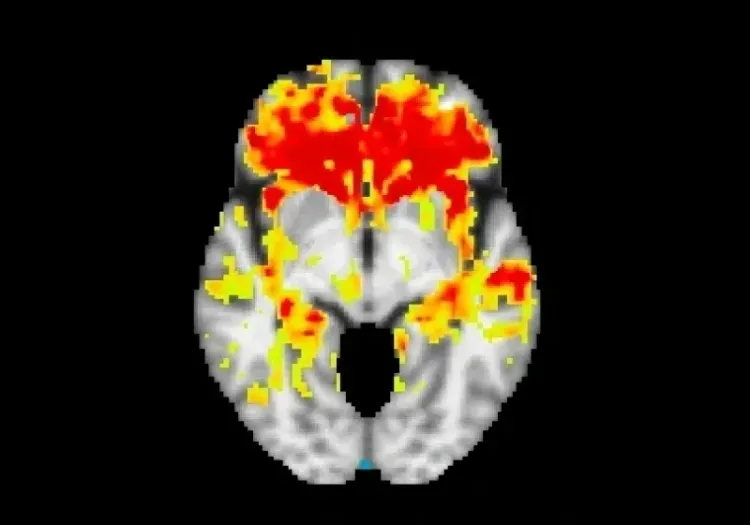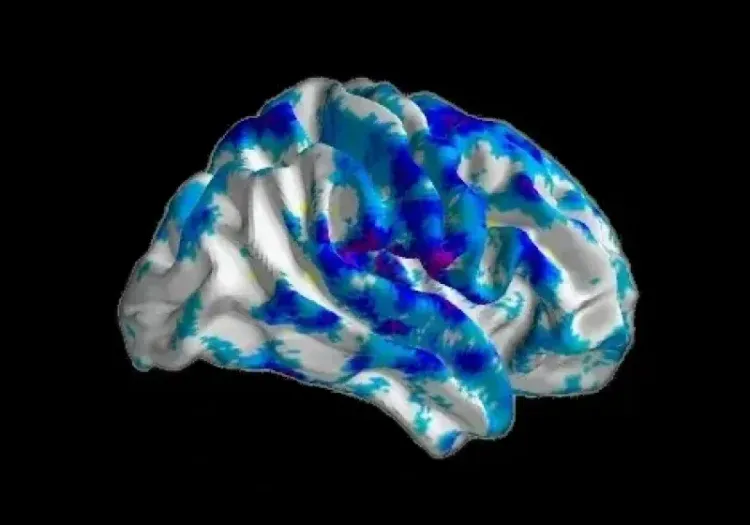Imaging Study Operations
We provide end-to-end Imaging Core Lab services for small to large scale clinical trials. Our services are designed to facilitate acquisition of the highest quality imaging data.
Our Imaging Study Operations services include imaging site qualification, image acquisition protocol design, imaging site training, in-study site support, image transfer & reconciliation, image quality control (QC) review, study analytics (KPIs), and project management. Our Imaging Operations Management Platform is a state-of-the-art technology that allows our expert team to efficiently and effectively manage all aspects of the imaging study.
Eligibility & Safety Reads
We have a global network of board-certified neuroradiologists and nuclear medicine physicians that can perform central eligibility and safety reads of MRI (including ARIA-E and ARIA-H), PET (including Amyloid, Tau, FDG), and SPECT (including DaTscan) scans for clinical trials using our web-based image review platform.
We have strong expertise in designing the image review criteria and process, as well as writing and implementing Image Review Charters. We generate read reports and closely monitor KPIs (including turnaround times) associated with the review process.
Image Processing & Analysis
We have developed the most advanced technologies for processing and analysis of neuroimaging data in the industry. Our 21 CFR Part 11 compliant, validated software platform is purpose-built for clinical trials. Our expert team of imaging scientists and software developers leverage cutting-edge methods, including machine learning and deep learning algorithms, for robust fully-automated image processing & analysis of MRI, PET, and SPECT data.
Careful attention to processed image quality is paramount to the success of an imaging study and an integral part of the Biospective process. We have extensive experience with quantitative imaging biomarkers for a range of neurological diseases, including Alzheimer's disease, ALS, Parkinson's disease, Multiple System Atrophy, Multiple Sclerosis, as well as MPS and other rare, genetic diseases.
Our Latest Innovations
Narrated presentations of our scientific advancements
Dopaminergic Imaging in Parkinson's Disease
DAT SPECT and VMAT2 PET analysis in a natural history study of Parkinson's Disease.
Tau-related Atrophy is Independent of β-Amyloid & APOE ε4
Using MRI, Tau PET, and Amyloid PET imaging biomarkers from the ADNI study, we show that Tau is more strongly linked to brain atrophy than β-amyloid or APOE ε4.
Diffusion MRI & Frontotemporal Dementia (FTD)
Diffusion neuroimaging analysis from the FTLDNI natural history study of Frontotemporal Dementia (FTD).
Frontotemporal Dementia (FTD) & MRI Brain Atrophy
Neuroimaging biomarkers (including MRI brain atrophy) from the FTLDNI natural history study of Frontotemporal Dementia (FTD).
MRI & Corticobasal Degeneration (CBD)
Longitudinal MRI brain atrophy measures from the 4RTNI and FTLDNI studies including sample size calculations for clinical trials of Corticobasal Degeneration.
MRI Measures of Disease Progression for PSP Clinical Trials
MRI biomarkers (including brain atrophy) from the 4RTNI and FTLDNI natural history studies of Progressive Supranuclear Palsy (PSP).
Decreased Brain Glucose Metabolism in MCI is Driven by Tau
We demonstrate a more significant role of tau than β-amyloid in the reduction of cerebral glucose metabolism by analysis of PET images from the ADNI study.
Spatial Association of Amyloid & Tau Varies with Cognition
Using a computational approach, we found that β-amyloid & tau act in a spatially coordinated manner that depends on the cognitive stage of Alzheimer's disease.
Computational Method for Harmonization of Brain PET Images
A new algorithm for standardizing the spatial resolution of brain positron emission tomography (PET) images in multicenter clinical trials without phantoms.









